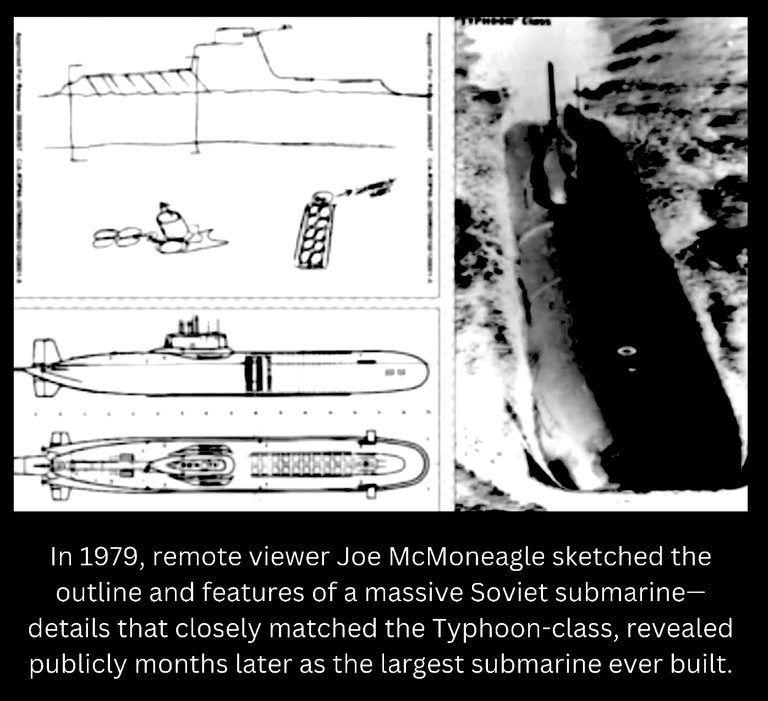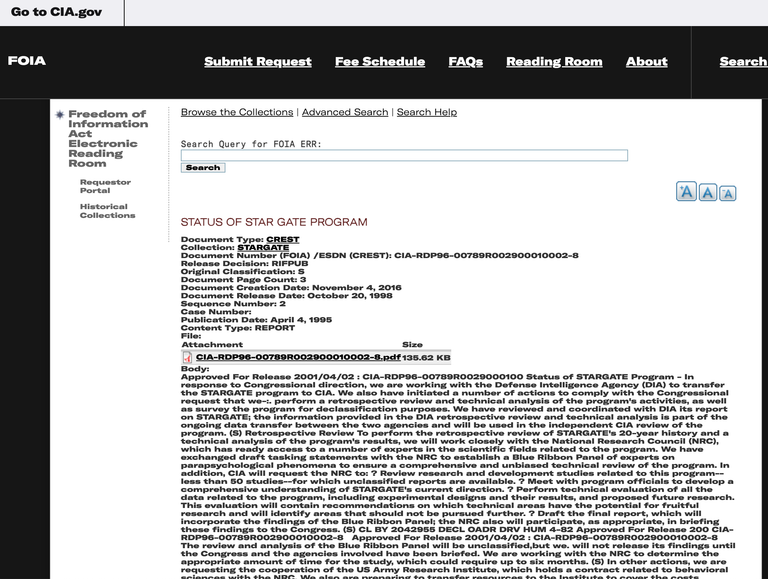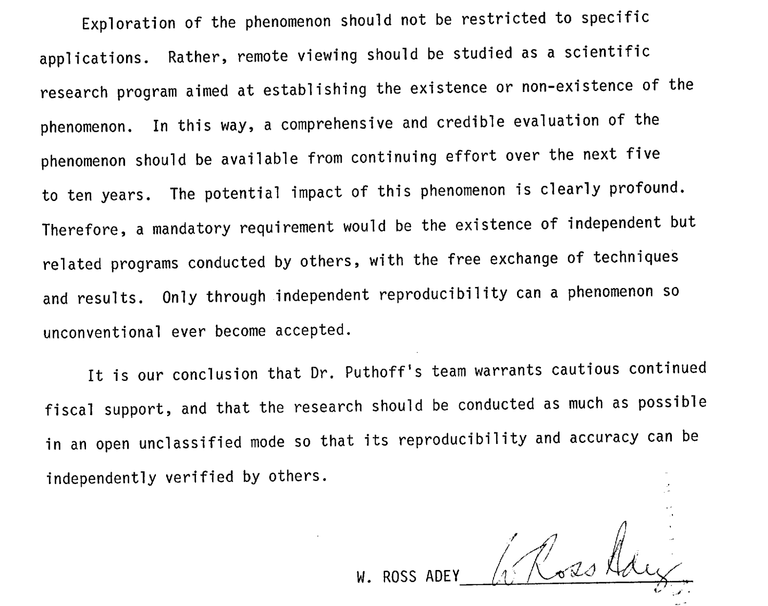Psychic Spying (a Skill Anyone Can Learn)

Have you ever "followed your gut" and been glad that you did?
... or not followed your gut and wish you had?
According to top-level CIA and military intelligence research, we all have a mysterious ability to perceive information about things, at a distance, that we should not be able to access ...
During the Cold War, an arms race unfolded between the United States and the Soviet Union. One of the most intriguing—and less understood aspects was psychic warfare.
Of course, what we are talking about is now known as the fascinating world of remote viewing.

What is Remote Viewing?
Remote viewing is a mental practice that involves gaining access to information about distant locations or events without using any known physical senses.
Harold Puthoff, renowned physics researcher, was a key figure in development of the USA capabilities in this area and he still does not know exactly how it works, but he says they confirmed that it is not brain waves, or radio, etc, but it is in fact a real phenomena.
The Cold War Psychic Arms Race
During the Cold War, both the U.S. and Soviet Union explored remote viewing as a method for intelligence gathering.
The origin of the U.S. government's interest in psychic phenomena can be traced back to the 1970s. Amid fears that the Soviet Union was developing similar psychic warfare techniques, the CIA initiated its own psychic spy programs.

Remote Viewing Rockstars
Pat Price: A retired police official who also participated in remote viewing, Price was known for detailing military installations without prior knowledge of their existence. His sessions often resulted in accurate sketches and descriptions of high-security sites.
Ingo Swann, a volunteer, became known as the father of remote viewing after demonstrating his ability to see and describe hidden objects.
One notable experiment involved Ingo Swann successfully identifying the layout of a hidden magnetometer—30 feet underwater and concealed behind thick concrete—further igniting the interest of the CIA.
Ingo Swann's ability to consistently provide accurate information led to the establishment of formal protocols for remote viewing, including Project Scanate, where viewers would work with specified coordinates and no additional context.
Both Pat Price and Ingo Swann were tasked to view a set of coordinates that turned out to lead them to a secret NSA facility. Despite initial misunderstandings of their findings, it became evident that serious intelligence operations were involved at various levels.
They described high-tech installations, radar dishes, and operational layouts that later turned out to be accurate representations of the NSA's functions.
Project Stargate
Project Stargate emerged from those earlier initiatives, formalizing the CIA's remote viewing operations. The program eventually gained notoriety for its ambitious goals and outcomes:
- It amassed a team of trained psychics to conduct operations remotely for intelligence purposes.
- Key figures, such as Joseph McMonagle, expressed experiences confirming the claims of Price regarding extraterrestrial bases.
Despite the program's many successes, it faced constant scrutiny:
- Funding was relatively minimal compared to other military programs.
- Public perception and skepticism about psychic phenomena led to its eventual 'official shutdown' in 1995.

The Cold War’s exploration of psychic warfare through remote viewing inspires the imagination, not only on psychological and metaphysical capabilities, but also on the relationship between governmental secrecy and public knowledge.
We know the legacy of programs like Project Stargate lives on, continuing both in the public eye, especially the private sector, but also it has been strongly implied that the US intelligence community has continued research into "Psi" behind dark budgets and secret programs ...

very very interesting and cool. hard to learn because need to practice. telekinesis next
Hardest thing is contamination from your imagination or if working with someone else
Also easy to doubt or make the results fit.
There are a couple of people on YouTube who say they predict things that come true but when you look they just predicted vague "political unrest" but when is there NOT political unrest?